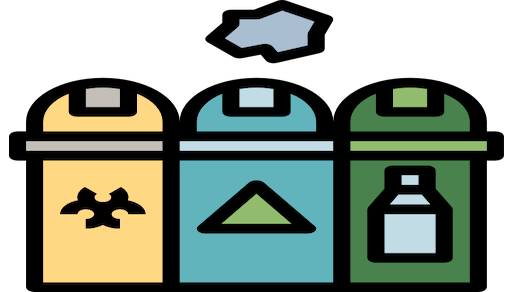Chemicals and hazardous waste are a standard part of everyday life when working in a laboratory. Such materials require specialised equipment, expert knowledge and the proper safety protocols to ensure they are disposed of correctly. Not following the correct disposal procedures can lead to dangerous health risks and potential environmental damage.
To know how to dispose of chemical waste in a lab, follow our step-by-step guide.
The types of Chemicals and hazardous waste in a laboratory
Laboratory settings typically contain a wide variety of chemicals and hazardous waste. Some of these include:
- General waste: Items such as paper, plastic, wood and metal.
- Chemical waste: Including liquids, solids and gasses.
- Hazardous waste: Anything that is flammable, corrosive, toxic or explosive.
The effects of leaving chemical and hazardous waste around
There can be severe and far-reaching consequences to improper chemical and hazardous waste disposal. If left unchecked, these substances can cause significant damage to the environment and human health.
- Chemicals, particularly those toxic or corrosive, can seep into water sources if disposed of incorrectly, causing water contamination and a significant health hazard to people who drink the contaminated water. In addition, chemicals can leach into soil and infect plants or animals in the area.
- Flammable materials such as oil and petrol pose a fire risk when left around for long periods. If these materials come in contact with heat sources such as sparks or flames, it could result in an explosion, leading to extensive damage to your lab and severe injury or death.
- Hazardous waste may also contain radioactive material, posing many risks if not handled correctly. Radioactive waste emits radiation dangerous to humans, and even small amounts can cause severe health problems like cancer. Radioactive waste must be disposed of using specialist equipment so that any radiation emissions are contained within a secure container.
Failure to dispose of chemical and hazardous waste properly can have devastating effects on the environment, public safety, and human health. Therefore, lab professionals must implement appropriate procedures to ensure these substances’ safe storage, handling, transport and disposal.
How to dispose of Chemical Waste in a Lab
- Identify the material: Before beginning to dispose of hazardous materials, it is crucial to identify the material correctly. Doing so will help determine which safety precautions must be taken, what type of specialised equipment will be required, and if any special permits or authorisation from the local government is needed.
- Get necessary permits or authorisations: Depending on the material being disposed of, permits or approval may be required to safely dispose of hazardous materials.
- Use proper containers: Specialised equipment must be used to dispose of chemicals and hazardous waste in a lab setting. This usually involves using containers such as drums, barrels or bottles to store the waste before it is transported off-site for treatment or disposal. There may also be a need to use personal protective equipment (PPE) such as gloves and masks when handling this type of waste.
- Transport them safely: Transport the hazardous material in appropriately labelled containers that meet safety regulations. During transportation, ensure that none of the containers carrying hazardous materials breaks open and/or spill its contents inside the vehicle during transit.
- Store them securely: When storing hazardous materials in a lab setting, make sure they are kept in an area away from general access but still accessible for anyone responsible for handling them when need be – such as an area with limited entry only available through a door with locks where only authorised personnel to have access to it using their personal identification numbers (PINs).
- Dispose of them responsibly: Before disposing of these substances off-site, be sure you know where and how they will be disposed of according to applicable rules and regulations set by your local authority. Authorised third-party providers should have contracts clearly outlining their processes and procedures for disposing of such kind of waste – this includes the use of certified labs or facilities with proper equipment capable of containing everything correctly until it reaches its final destination for destruction without leaving behind any residue in nature or nearby water sources like rivers, lakes etcetera.
When chemicals and hazardous materials are not handled correctly, their effects on the laboratory environment and the health of technicians and scientists can be serious. To know how to dispose of hazardous waste in laboratory, first, identify the chemicals, then adhere to the correct disposal protocols.
Techmate is a company that specialises in providing safe and secure solutions for the disposal of hazardous materials, chemicals, and waste. We offer a wide range of products, from electrically conductive disposal canisters to benchtop waste containers and waste bags. These products are designed to safely store, contain, and transport hazardous wastes for proper disposal. The hazardous waste disposal products we supply laboratories and other industries that handle both chemical and hazardous substances are manufactured by one of the world’s largest laboratory suppliers, Carl Roth.
Need help determining what you need for your laboratory’s chemical waste disposal requirements? Get in touch with our Techmate team today!

